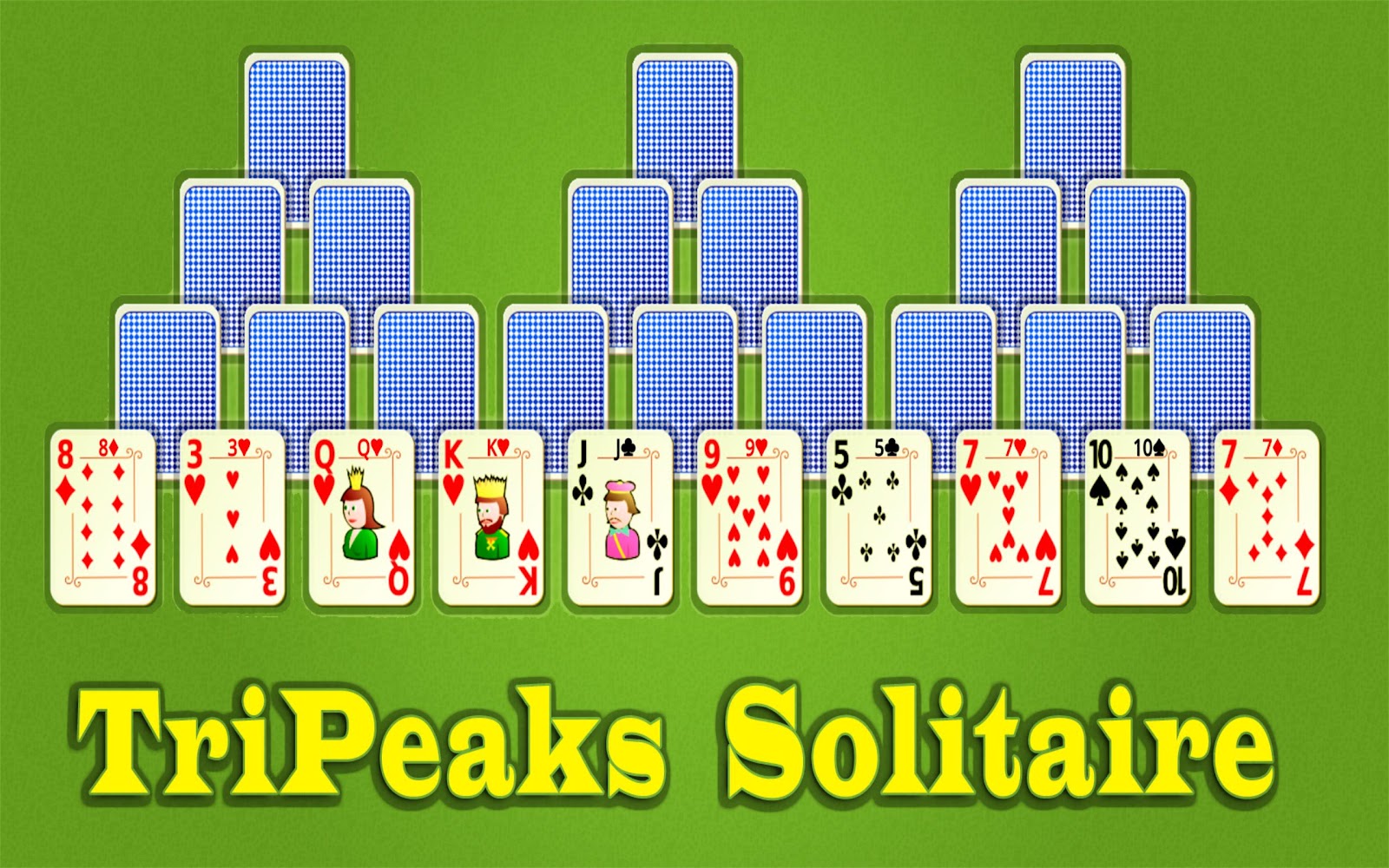Solitaire is one of the most enduring, popular, and easily accessible forms of card games that we have today. Enjoyed by millions across the globe, it is cherished not only for its various complexity levels but also for its potential for quiet introspection and individual gameplay.
While the term "Solitaire" may be globally recognized, it is, in fact, a wide umbrella that covers a plethora of different games. Each type of Solitaire offers its own unique challenges and rules, and as such, it may be beneficial to familiarize oneself with the most popular variants.
Klondike Solitaire
Arguably the most well-known type of Solitaire, Klondike, is the game that usually comes to mind when people think about Solitaire. It is also commonly known as "Patience" in the UK. The main goal of Klondike Solitaire is to move all cards to the four foundation piles, one for each suit, in ascending order from Ace to King. The game utilizes a standard 52-card deck, and the setup includes seven piles or tableau columns, with cards arranged from one to seven. For a deeper dive into the intricacies of Klondike Solitaire, you can explore more on the Bristol247 website.
Spider Solitaire
Spider Solitaire is another incredibly popular variant that also came preinstalled on many versions of Windows. Unlike Klondike, Spider Solitaire is typically played with two decks of cards. The game is called "Spider" because the ten tableau columns resemble spider legs. The objective is to remove all cards from the tableau to the foundation by arranging all cards in descending order from King to Ace in the same suit.
FreeCell Solitaire
FreeCell Solitaire is another type of Solitaire that gained popularity thanks to being included in the Windows operating system. Like Klondike, FreeCell uses a standard 52-card deck, but its tableau is arranged differently. The game features a tableau of seven columns of cards, and above these are four free cells and four foundation piles. The goal is to get all 52 cards into the foundations, moving cards around within the tableau and using the free cells as a sort of temporary storage.
Pyramid Solitaire
In Pyramid Solitaire, the game tableau is arranged in a pyramid shape, with a single card at the top, then two cards beneath that, then three, and so on until there are seven cards in the base row. The aim is to remove all cards from the tableau by pairing cards that add up to 13. Kings, being valued at 13, can be removed alone, while other cards must be removed in pairs.
TriPeaks Solitaire
TriPeaks Solitaire, also known as Three Peaks Solitaire, draws its name from the tableau, which is arranged into three pyramids or "peaks." The goal is to move all cards from the tableau to the waste pile, with the stipulation that the card being moved must be either one rank higher or lower than the card currently on top of the waste pile.
Yukon Solitaire
Yukon Solitaire is a cousin of Klondike Solitaire but with a twist in its rules. Unlike in Klondike, in Yukon, players can move groups of cards even if they are not arranged in sequence. This variant creates a more complex game and introduces new challenges for those looking for something different.
Golf Solitaire
In Golf Solitaire, the objective is to move all cards from the tableau to the waste pile, much like TriPeaks. The setup, however, is unique: seven columns of five cards each, with only the bottom card of each column turned face up. Like TriPeaks, the card moved to the waste pile must be either one rank higher or lower than the card currently on top of the waste pile.







Comments
Post a Comment